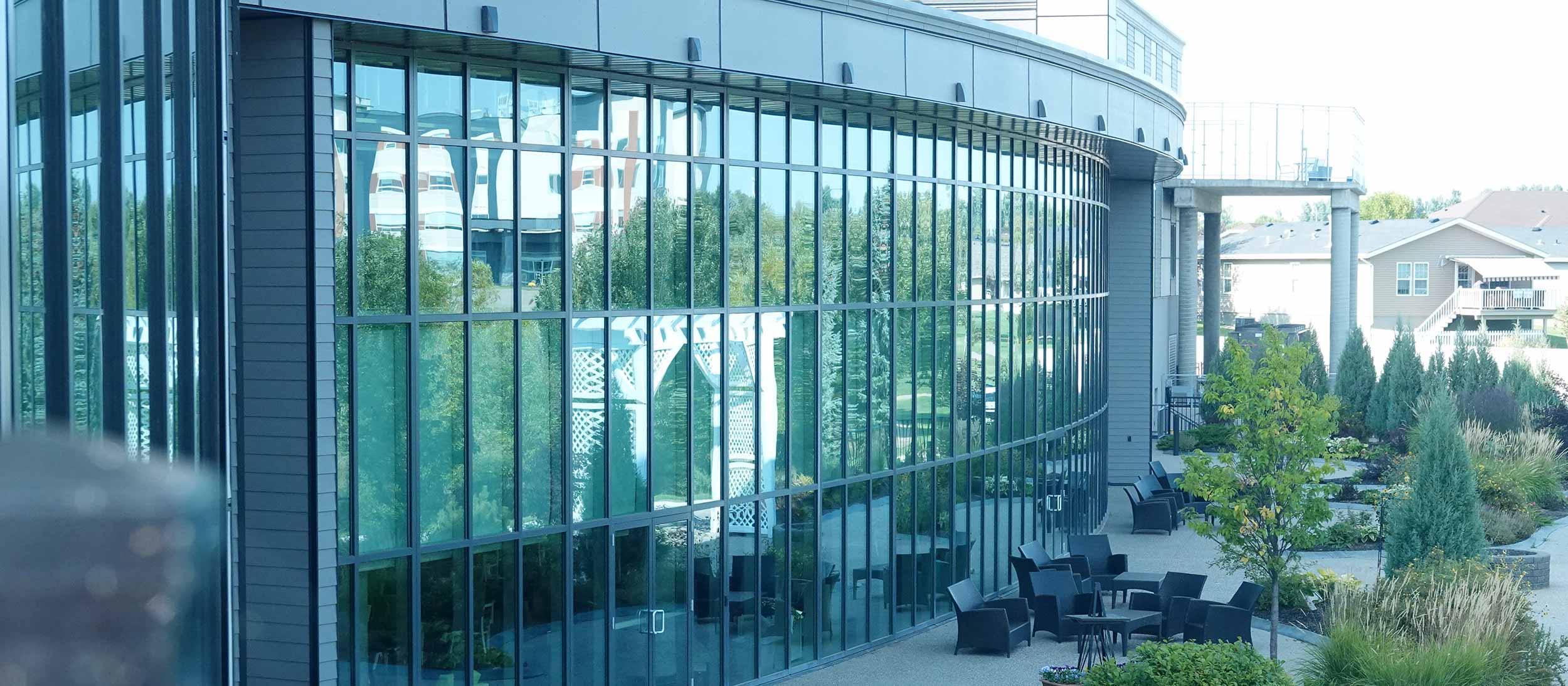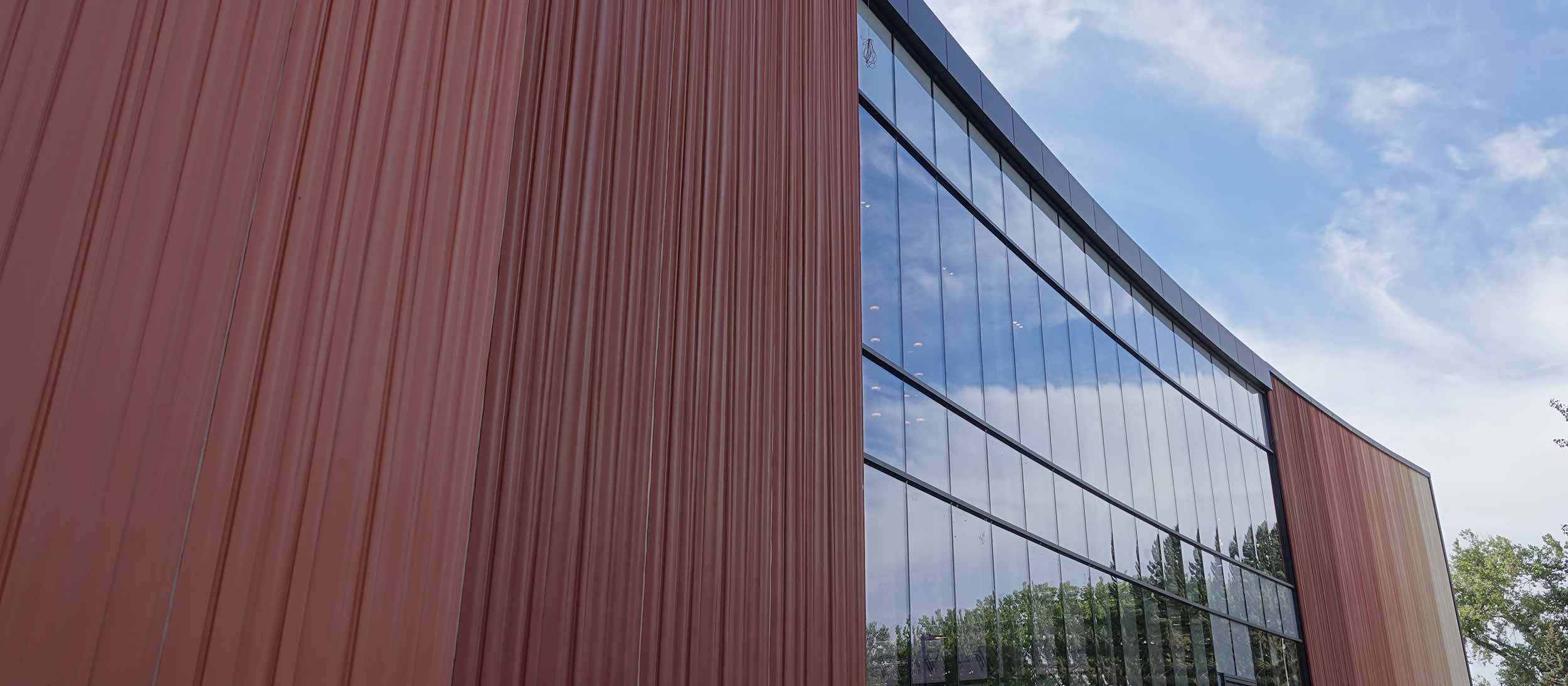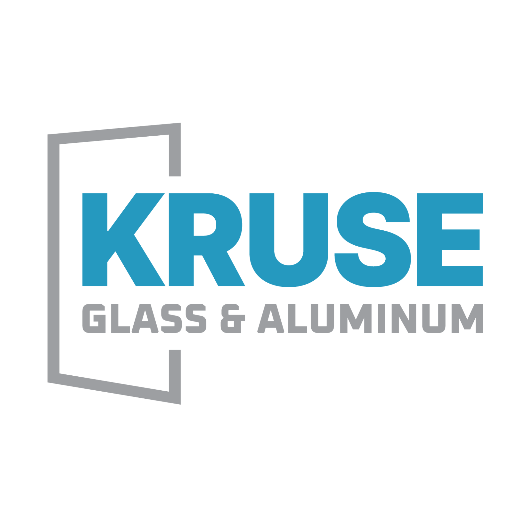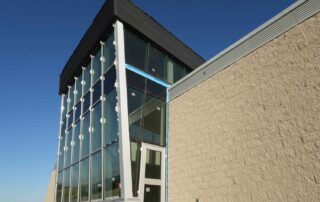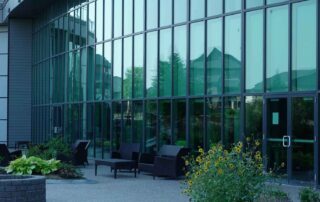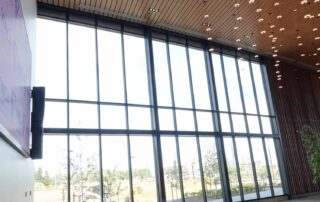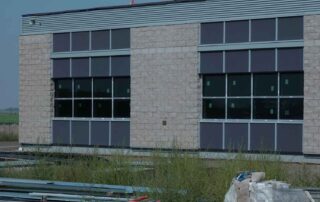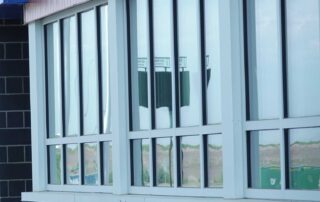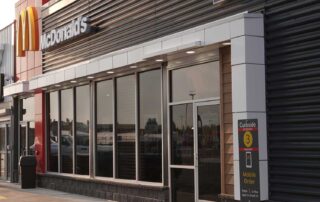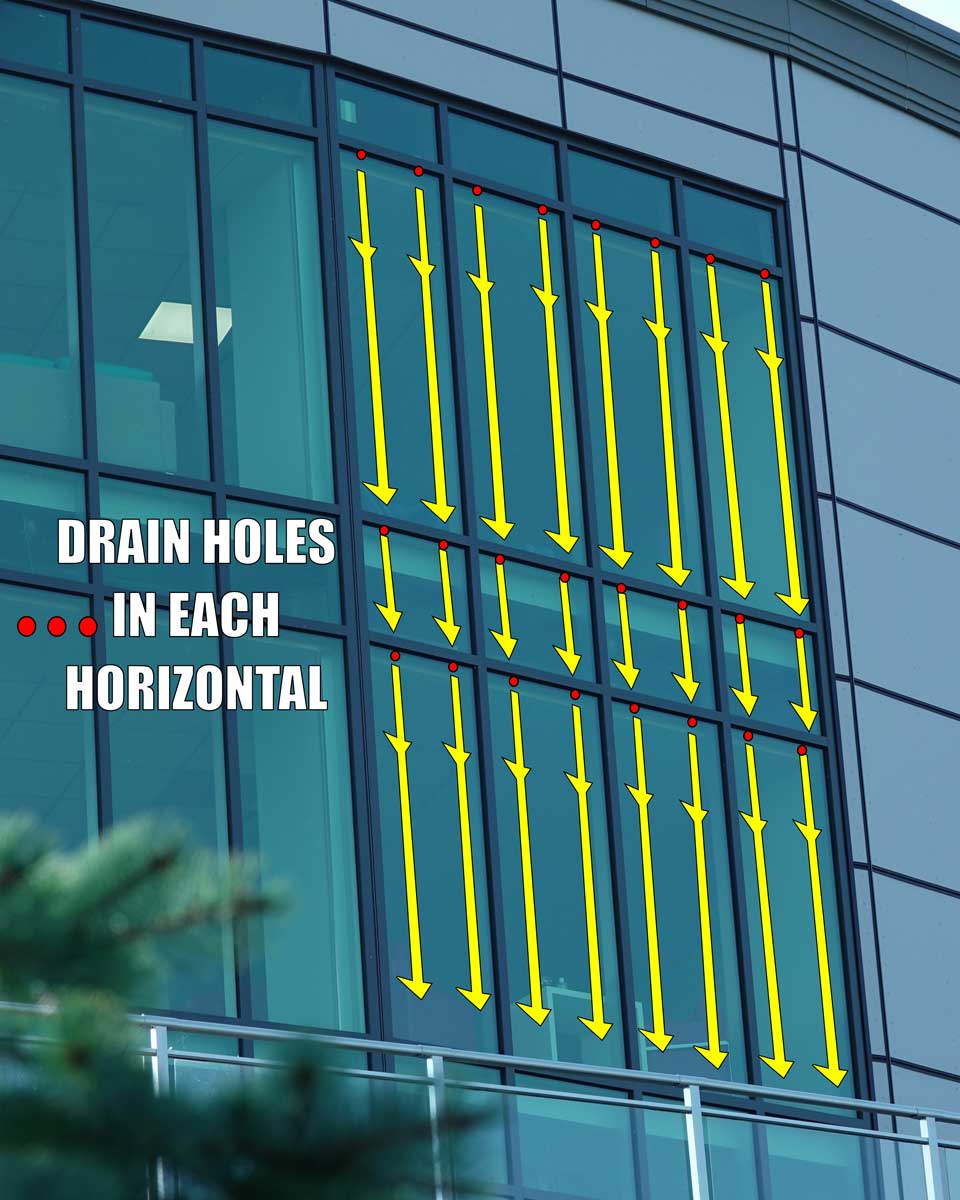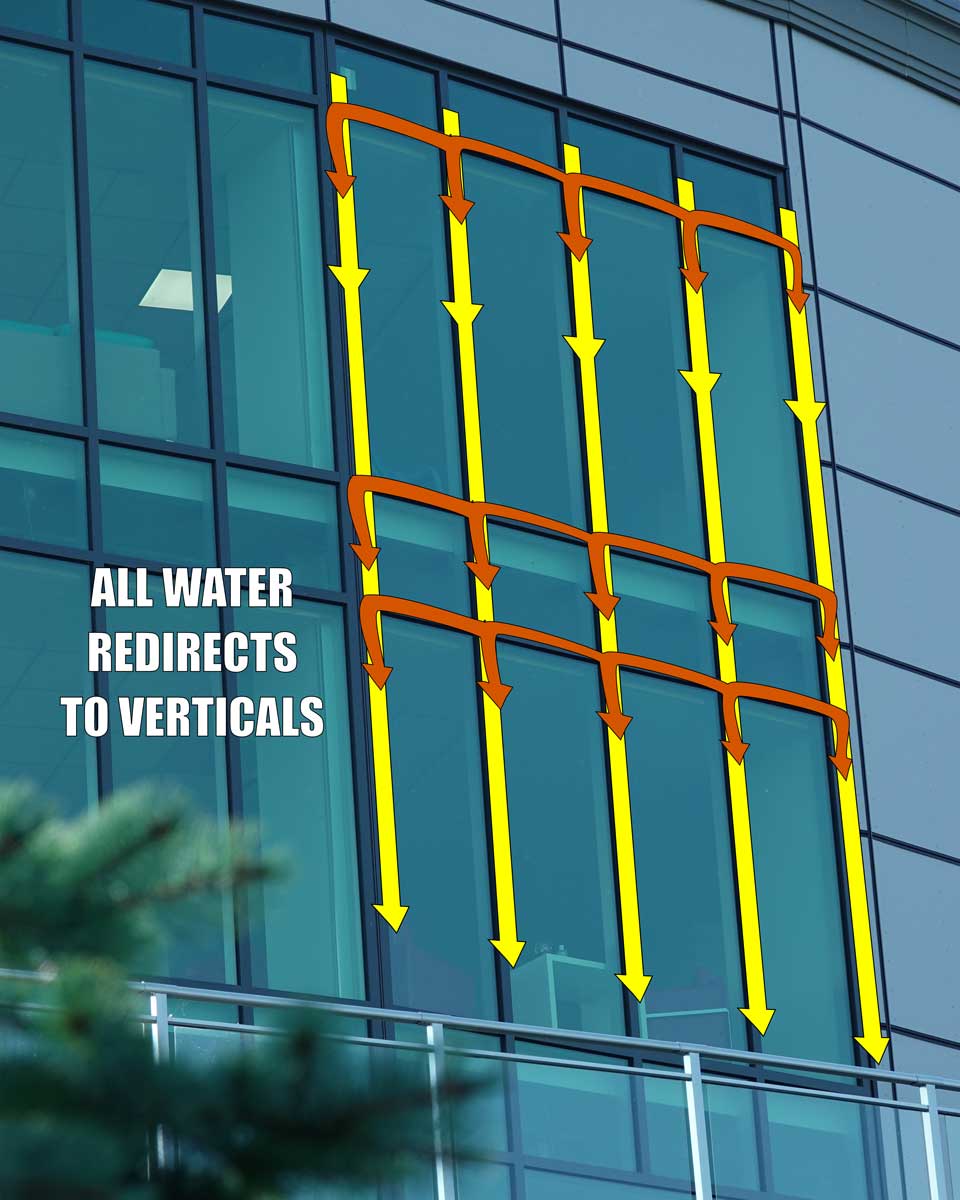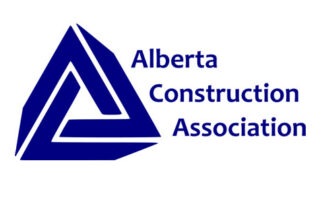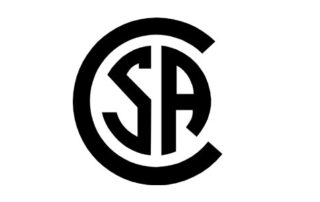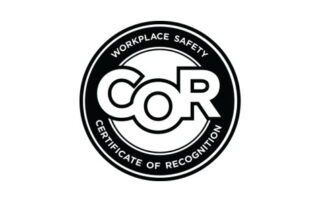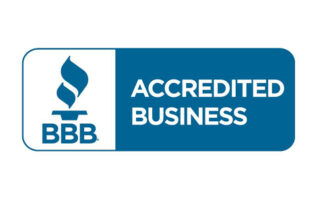Exterior Solutions
Architectural Glass
Architectural glass is any glass used as a crucial building material for a structure. Often thought as merely the exterior material used for the envelope of large commercial buildings, such basic descriptions are massively understating it’s diversity. For decades, designers and engineers utilize architectural glass for building design, both inside and out.
Whether it’s exterior, office spaces or departmental partitions, the variety is impressive. Depending on case-use, its often tinted, insulated, reinforced, tempered, annealed, heat treated, laminated or otherwise modified to suit a specific need.
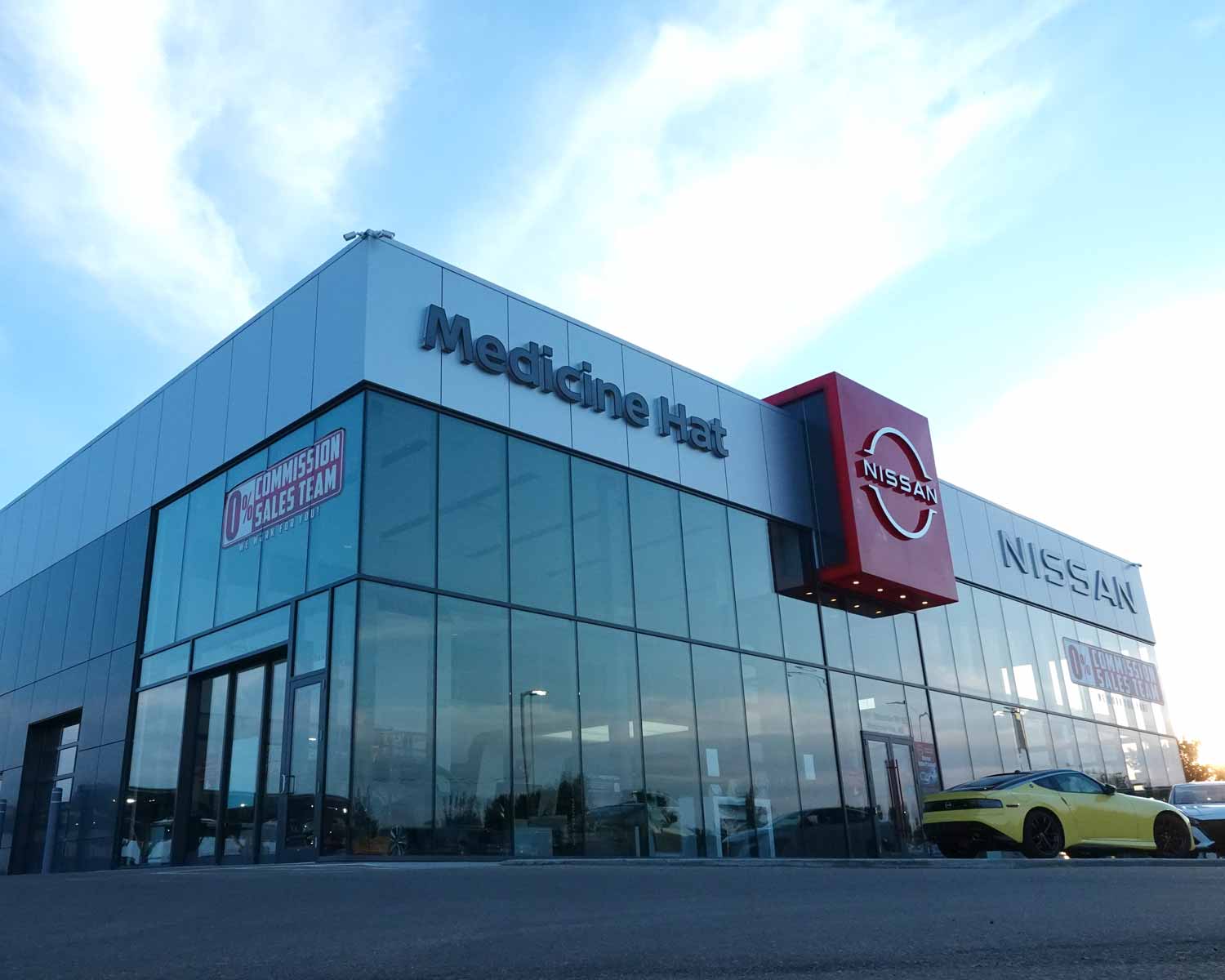
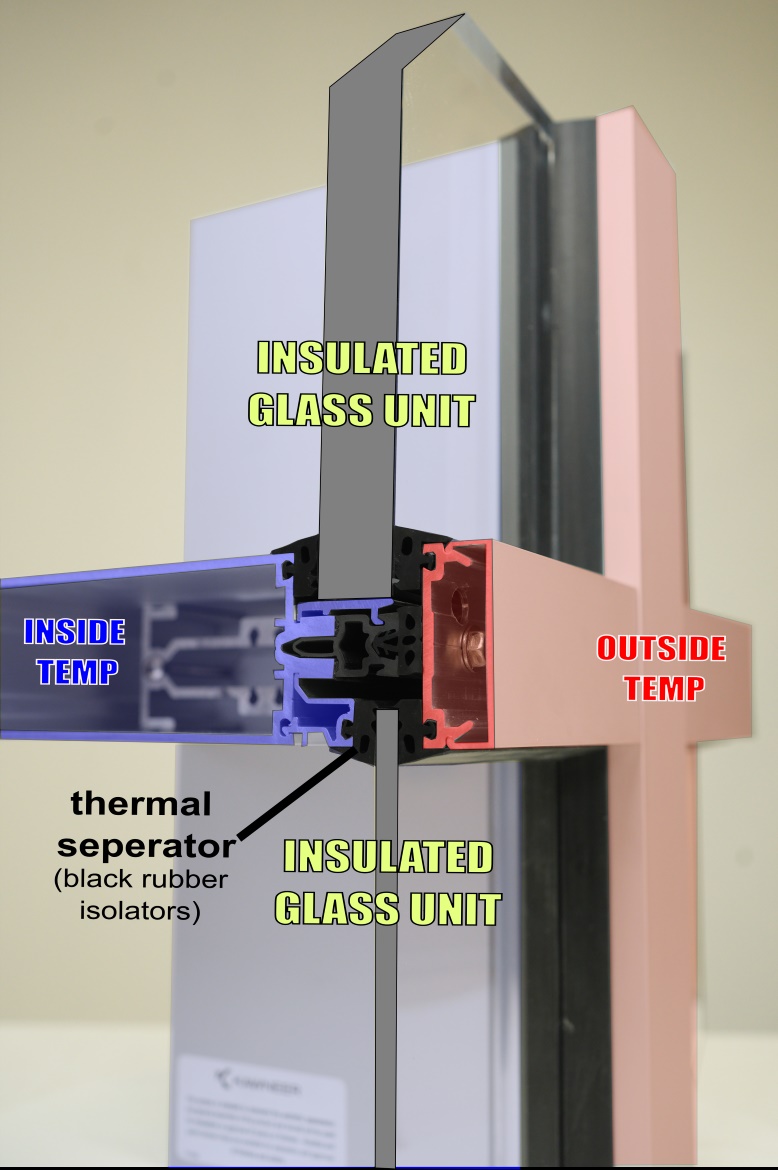
What’s a Glass Wall System?
When an exterior is laden with glass, the overall assembly of hardware, components, sealants, brackets, frameware and glass types are referred to as a wall system. The two primary wall system formats used at Kruse Glass and Aluminum are known as:
- Curtainwall (pictured)
- Storefront
Curtainwall Systems
Benefits/Features:
- Stronger frame systems
- Can span more floors
- Often designed with “thermal breaks” to reduce the transfer of of temps between interior and exterior
- More efficient water management than storefront systems
- Higher price point
- Primarily used for commercial development
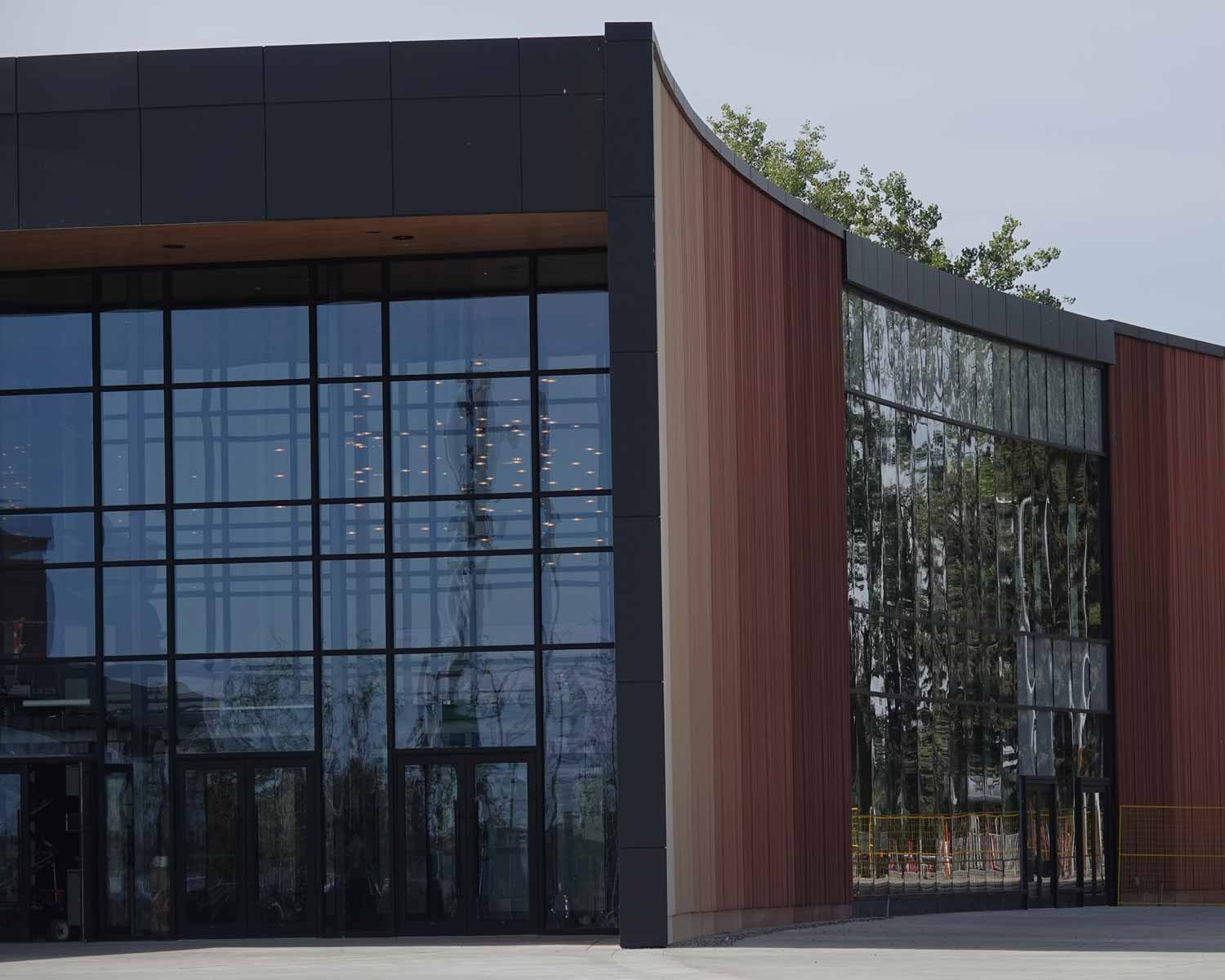
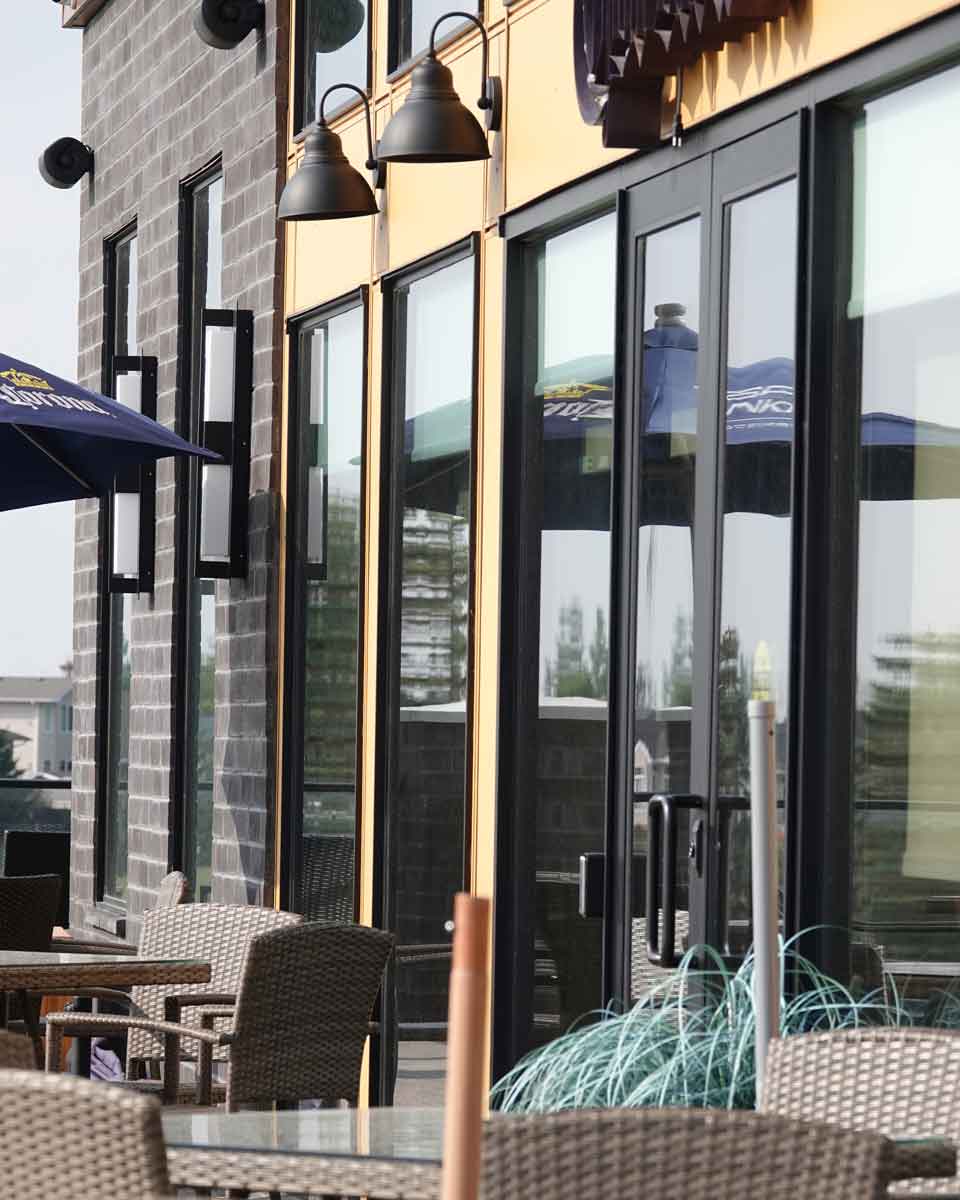
Storefront Wall Systems
Benefits/Features:
- Recommended for first floor use, typically up to 12 ft tall.
- Often designed with “thermal breaks” to reduce the transfer of of temperature between interior and exterior
- Okay water management, but less efficient than Curtainwall
- More affordably priced
- Primarily used in commercial development, however, has become used in residential applications when homeowners want the “full wall of glass & industrial look”
Curtainwall vs Storefront
Both systems are designed to protect a building and it’s contents from weather while providing natural daylight and open views. This however, is where the similarity ends. Structurally, each wall system has very unique traits and therefore, both are commonly integrated into the same building. Often, the different systems are paired with entrances, operable vents, windows or sun shades.
Lets talk water!
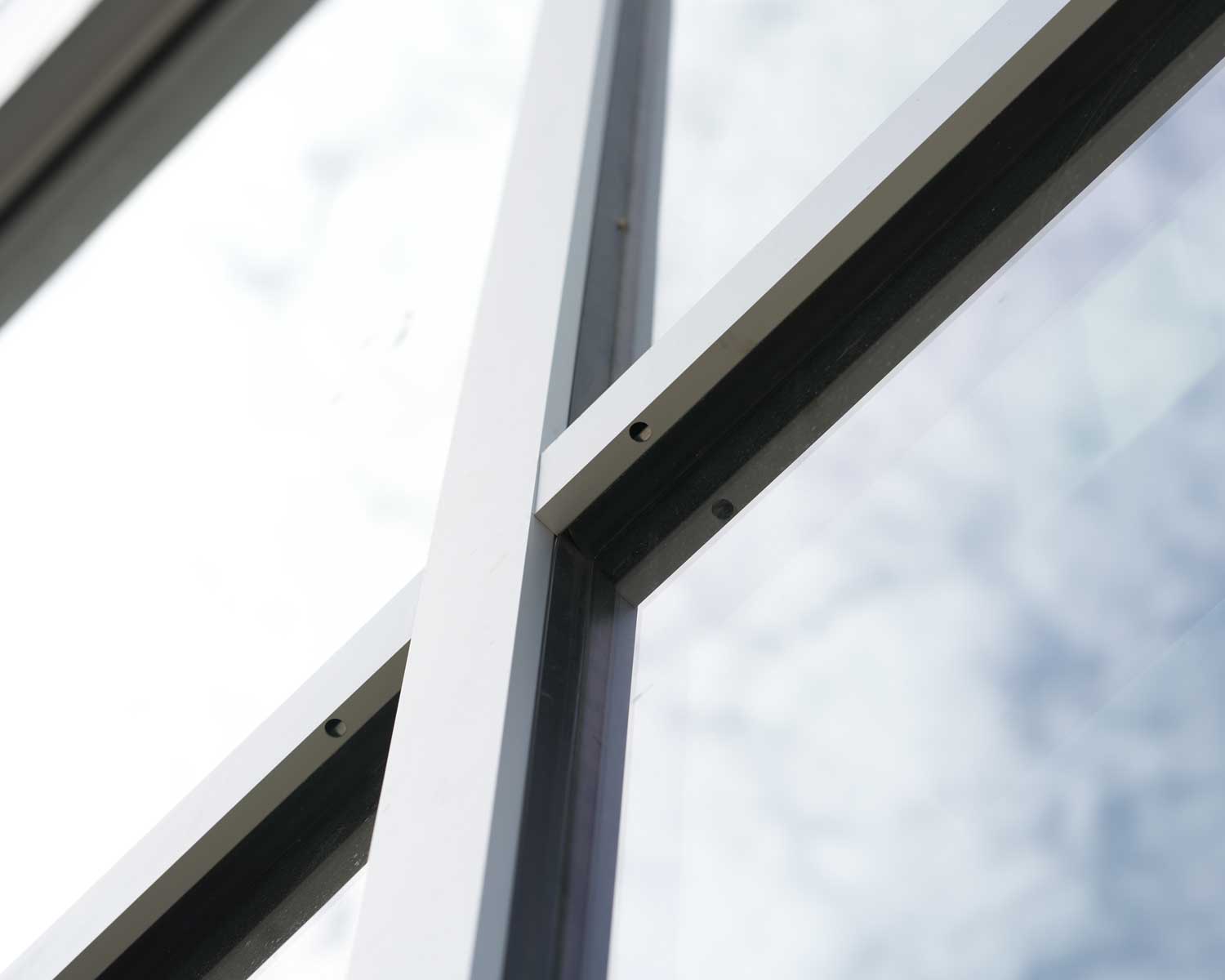
Curtainwall drain holes in horizontal mullions
One key difference between the systems is their water drainage. Comparatively speaking, curtainwall drainage is superior to that of a storefront system. Curtainwalls allow each lite of glass to be weeped separately and independently. Conversely, storefront systems are designed in a fashion that an entire wall assembly will redirect the sum of it’s water to a commonly shared downward path. This shared downward path is the vertical mullions and all gathered water continues toward the bottom sill where it then weeps away from the structure. Because vertical mullions are required to distribute much gathered water from the entire surface area, their physical dimensions may become flow restrictive when water volumes exceeds the mullion’s capacity. This is just one consideration that engineers & designers navigate when selecting the appropriate wall system for a project.




